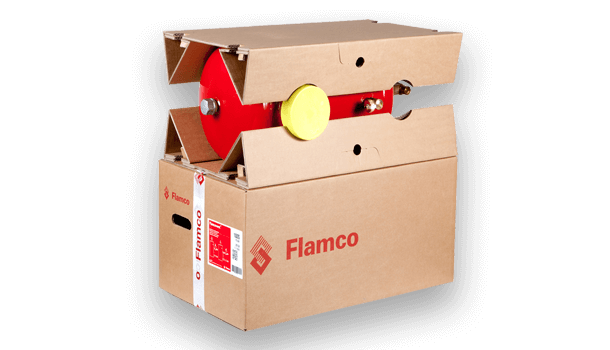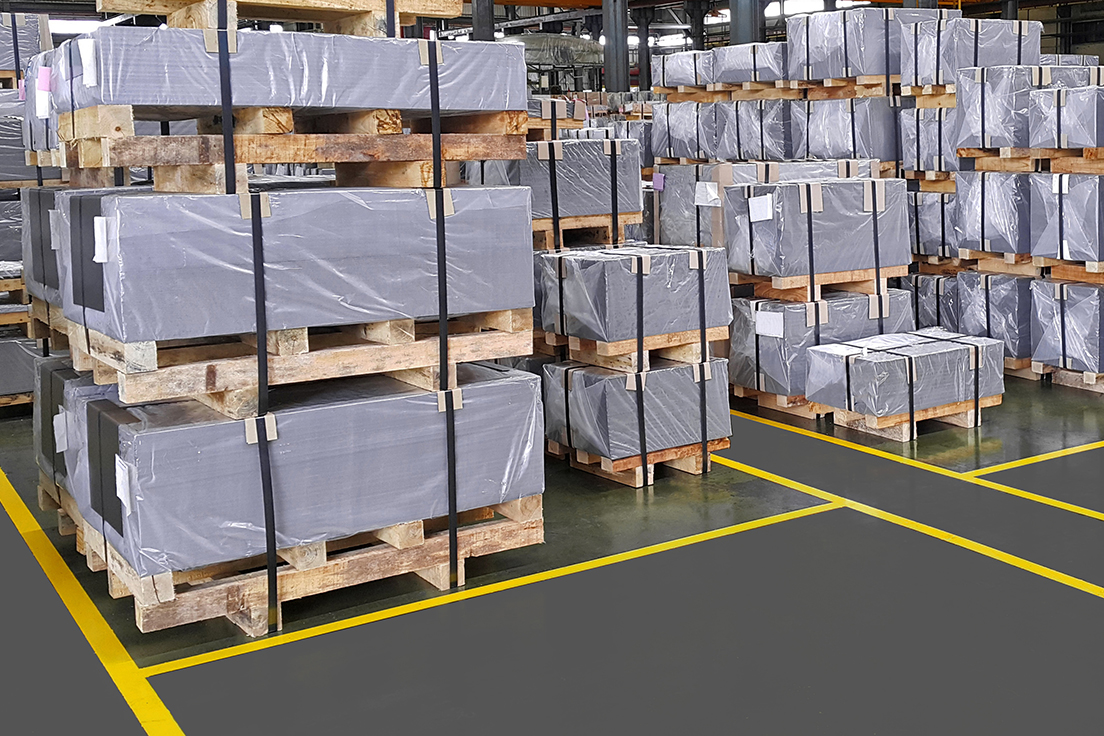Metallic Might: Industrial Metal Packaging Solutions Redefined
Reliable Industrial Recycling Solutions for Sustainable Product Packaging: A Comprehensive Guide
In today's significantly environmentally-conscious world, the demand for lasting product packaging services has actually never been greater. To meet this need, companies throughout sectors are actively looking for reliable industrial recycling services. Nonetheless, navigating the complicated landscape of lasting product packaging can be challenging without a detailed guide. That's where this extensive overview on reliable commercial recycling solutions for sustainable packaging can be found in. By exploring essential areas such as packaging material option, making for recyclability, implementing reusing facilities, collaborating with recycling partners, and tracking and determining reusing success, this guide will equip you with the expertise and tools required to make informed choices and drive positive adjustment within your company. Whether you're a product packaging specialist, sustainability supervisor, or just thinking about the topic, this guide will certainly supply useful understandings and methods to assist you browse the globe of lasting product packaging.
Packaging Product Selection
The option of product packaging products plays a crucial function in ensuring the sustainability of industrial recycling services. The option of materials is crucial in decreasing environmental effect and making best use of recycling efficiency when it comes to sustainable packaging. Choosing the appropriate materials can help in reducing waste generation, save resources, and promote a round economy.
Products like cardboard, paper, glass, and certain types of plastics can be reused numerous times without losing their high quality. On the other hand, materials that are difficult to reuse, such as combined plastics or non-recyclable compounds, can create challenges for the recycling process and may finish up in burners or land fills.
An additional factor to consider is the usage of sustainable and eco-friendly products. Packaging made from renewable energies, such as plant-based plastics or biopolymers, can help in reducing reliance on fossil gas and alleviate climate change. In addition, biodegradable products break down naturally gradually, reducing the buildup of waste in landfills.
In addition, the weight and volume of packaging materials need to be decreased to lower transportation expenses and energy intake. Light-weight materials not only require fewer resources throughout manufacturing yet likewise add to decrease carbon discharges during transportation.
Designing for Recyclability
Packaging developers must prioritize the use of materials that are extensively accepted for recycling and have actually established recycling frameworks. Products such as glass, aluminum, and particular types of plastic, like Pet dog and HDPE, are commonly reused and should be chosen over materials that are challenging or pricey to recycle.
Another important consideration in creating for recyclability is the elimination of unnecessary parts or materials. By lessening the number of layers, coverings, and added parts, product packaging can be made less complex and simpler to recycle. In addition, developers must intend to minimize the usage of mixed products, as they can make complex the recycling process.

Implementing Recycling Framework
Effective execution of recycling facilities is vital for the success of industrial reusing remedies. Without proper framework in area, the recycling process ends up being inefficient and inadequate, preventing the overall objective of sustainable product packaging.
To execute recycling facilities properly, a number of key elements need to be thought about. There need to be a well-organized collection system that helps with the splitting up and collection of recyclable materials. This can consist of marked recycling containers in public areas, as well as partnerships with waste administration firms for curbside pick-up and sorting.
When gathered, the recyclable materials need to be carried to reusing centers in a timely way. This requires effective logistics and transportation networks, making certain that the materials reach the appropriate facilities right away.
At the reusing facilities, progressed sorting and processing modern technologies need to be in area to separate various sorts of products efficiently. This consists of using automated arranging devices, optical scanners, and manual sorting methods.
Furthermore, there must be a durable market demand for recycled products. This can be achieved with collaborations with makers and industries that utilize recycled products in description their production processes. Producing a stable market for recycled materials incentivizes the reusing sector and advertises the circular economic situation.
Collaborating With Recycling Partners

One trick facet of teaming up with reusing companions is the facility of clear communication networks. It is essential to establish open lines of communication to help with the exchange of information, updates, and comments. This permits both celebrations to stay informed about the development of reusing campaigns and address any kind of challenges or concerns that might develop.
Furthermore, collaboration can include collaborations read this article in implementing and creating reusing programs. Recycling companions can supply useful understandings and advice in creating effective collection systems and figuring out the most appropriate recycling innovations. By collaborating, services and recycling companions can optimize the reusing process and decrease waste.
Additionally, collaboration can expand beyond the functional elements of reusing. It can likewise incorporate advocacy and education and learning efforts. By signing up with forces, organizations and recycling companions can raise understanding about the relevance of recycling and advertise the adoption of sustainable product packaging practices amongst customers and other stakeholders.
Monitoring and Measuring Recycling Success
To ensure the efficiency of commercial recycling options and the achievement of sustainable product packaging goals, it is vital for companies and their reusing companions to develop an extensive system for monitoring and gauging recycling success (plastic container manufacturer). Tracking and measuring recycling success enables organizations to evaluate the effect of their reusing initiatives, recognize locations for improvement, and set purposeful targets for future progression
One means to track recycling success is through making use of information collection and evaluation tools. By collecting data on the amount of packaging waste produced, the percent of waste that is reused, and the kinds of products being reused, services can obtain valuable insights right into their recycling efficiency. This information can then be examined to determine patterns, patterns, and areas of ineffectiveness.
One more essential element of tracking and measuring recycling success is establishing standard and clear metrics. This permits Visit Your URL services to contrast their performance against sector standards and track their development in time. Metrics such as recycling rates, waste diversion prices, and greenhouse gas exhausts can supply a quantitative measure of a business's reusing success.

Verdict
To conclude, executing effective commercial recycling services for lasting product packaging requires mindful factor to consider of packaging product selection, developing for recyclability, applying reusing infrastructure, teaming up with recycling companions, and tracking and determining recycling success. By including these practices, organizations can add to a more lasting and environmentally-friendly strategy to product packaging, lowering waste and advertising the circular economy.
By checking out key locations such as packaging material choice, creating for recyclability, carrying out reusing infrastructure, teaming up with recycling partners, and tracking and gauging reusing success, this guide will furnish you with the expertise and tools needed to make enlightened choices and drive positive change within your organization. Product packaging developers need to prioritize the use of materials that are commonly approved for reusing and have actually developed recycling facilities.Cooperation with recycling partners is necessary for the effective implementation of industrial recycling options and the accomplishment of lasting product packaging objectives. By signing up with pressures, organizations and reusing partners can raise awareness about the value of recycling and promote the adoption of sustainable packaging practices among customers and various other stakeholders.
By accumulating information on the quantity of product packaging waste produced, the percentage of waste that is recycled, and the types of products being recycled, services can gain beneficial understandings right into their recycling performance.